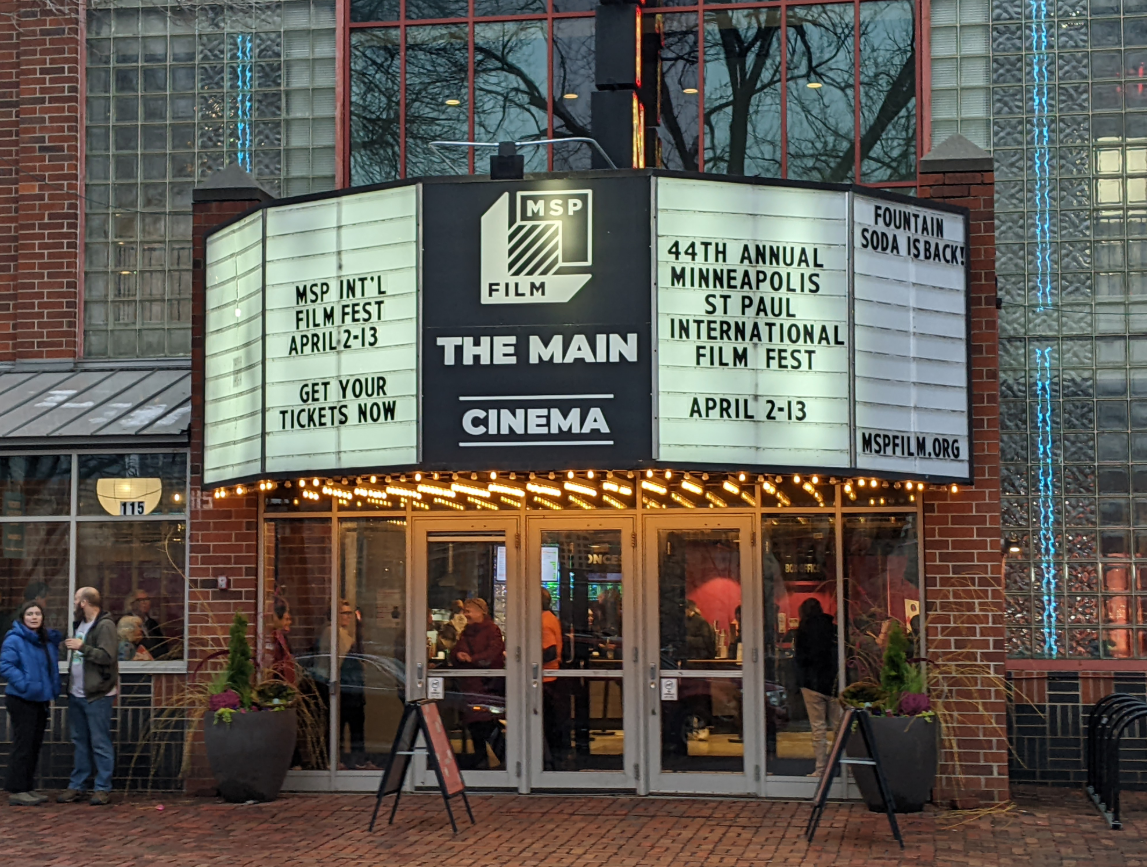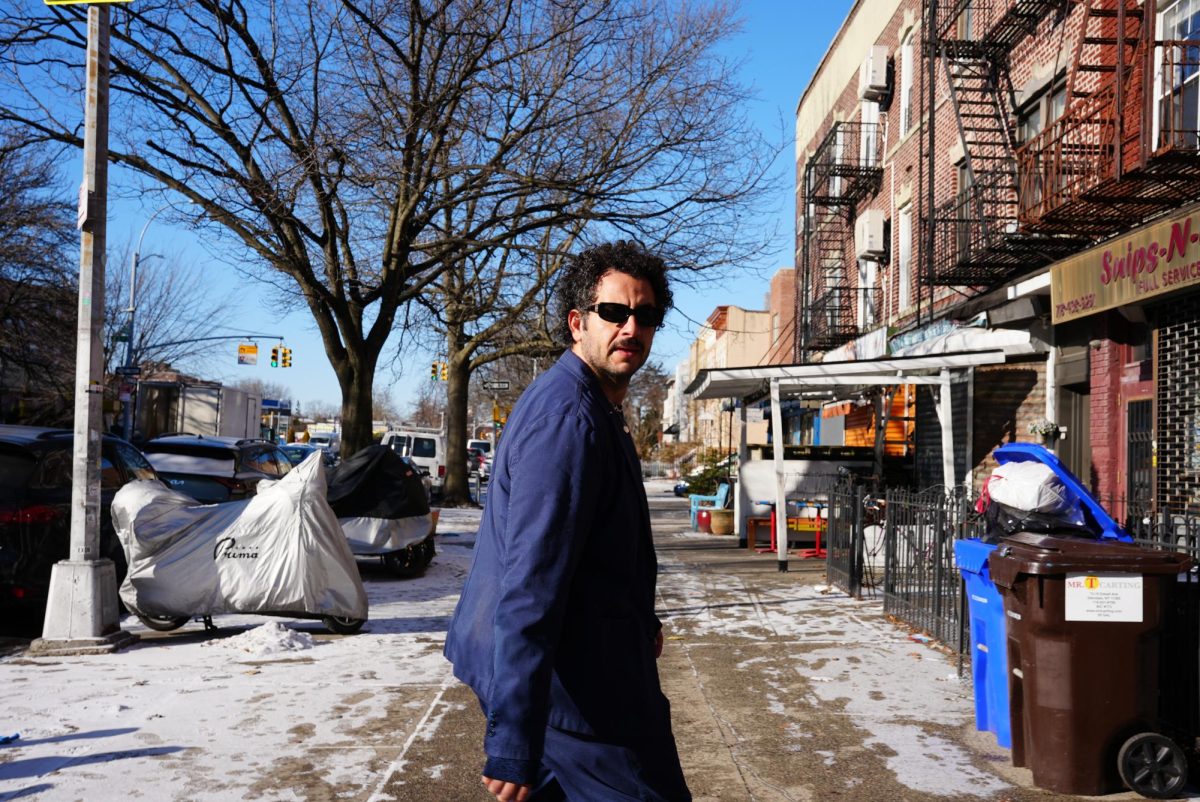The Danish word “hygge” (pronounced hoo-guh) roughly translates into “cozy” in English. But, the word has taken on a lot more meaning than that.
Hygge is a difficult word to translate because it describes a very specific feeling of coziness.
“Hygge, as it’s practiced in Denmark, is about creating pleasure through fairly simple, down-to-earth self-care practices,” said Benjamin Bigelow, a University professor in Scandinavian culture. “There’s an easy explanation for why hygge exists. It’s simply because the [Scandinavian] countries are very far north and it’s dark and cold in the winters,” he said.
When Bigelow lived in Norway and would sometimes get discouraged about the bleak winter weather, he remembers his friends telling him, “Well, now it’s the season of hygge,” as a way to view winter as something to look forward to rather than dread.
Hygge can mean anything from lighting candles and cozying up in a blanket to sipping on a hot drink and spending time with friends and family.
“When I was abroad, it was the hot topic,” said Abi Rychtik, a senior Communication Studies major. Rychtik studied in Copenhagen, Denmark during spring 2018.
Like all Scandinavian countries, Denmark is very far north, which means as winter nears, daylight hours get shorter. When Rychtik arrived in Denmark, the sun set at 3 p.m.
“It’s dark outside and kind of cold so then when you get home, you really want to be cozy and warm and spend time with your friends,” she said.
Rychtik remembers her host mother’s house was filled with candles, twinkling lights and comfy blankets.
“It’s a lot about the environment. Then you bring the people in there and [hygge] just happens,” she said.
Carston Hernke, a senior Management Information Systems major, studied in Norway last spring. He was amazed by the way Norwegians separate their working lives from their personal lives.
“They have much bigger respect for life outside of work and personal time,” Hernke said. “Here, especially among college students, there’s sort of this dangerous sense of ‘If I’m not working 100 percent of the time then, somehow, I’m not being the best person I can be.’”
Bigelow concurs, saying that as individualist Americans, we are often seeking ways to perfect ourselves that are not as present in other cultures.
“This is a generalization, but culturally, Americans have that Calvinistic sense of wanting to be high achievers and attain outward signs of well-being,” said Bigelow.
As daylight hours in Minnesota become shorter, practicing a little hygge can help to mitigate winter blues and final exam stress.
How do you do it? Take a trip to the giant Ikea store near the Mall of America to pick up your affordable hygge essentials: warm blankets and simple candles (white Christmas lights don’t hurt either). Then boil water for tea or coffee at home and place in a large mug, invite the people you love and get snuggly.
Incorporating hygge into your life is not a fix-all or “key to happiness,” as Professor Bigelow put it. However, it is a way to make winter more tolerable by practicing self-care and allowing yourself to enjoy happiness in simplicity.








